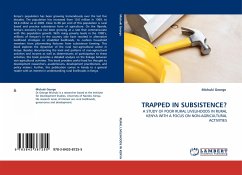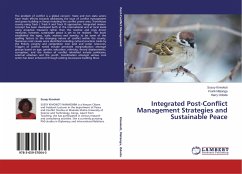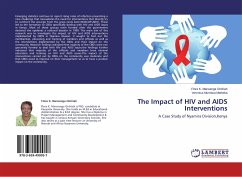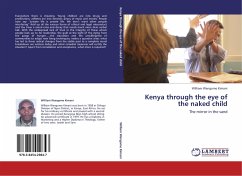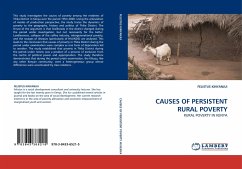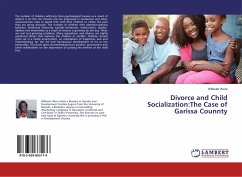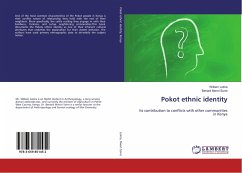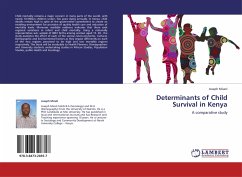Kenya's population has been growing tremendously over the last five decades. The population has increased from 10.6 million in 1969, to 38.6 million as at 2009. Close to 80 per cent of this population is rural based and practice subsistence form of agriculture. On the flipside, Kenya's economy has not been growing at a rate that commensurate with this population growth. With rising poverty levels in the 1990's, millions of Kenyan's in the country side have resulted in alternative livelihood strategies or straddled livelihoods, to cushion household members from plummeting fortunes from subsistence farming. This book explores the dynamism of the rural non-agricultural sector in Kenya. Besides documenting the level and patterns of non-agricultural activities and income as well as determinants of participation to these activities, this book provides a detailed analysis on the linkage between non-agricultural activities. This book provides useful food for thought to development researchers, academicians, development practitioners, and policy makers. Further, this publication comes in handy to a general reader with an interest in understanding rural livelihoods in Kenya.
Bitte wählen Sie Ihr Anliegen aus.
Rechnungen
Retourenschein anfordern
Bestellstatus
Storno

